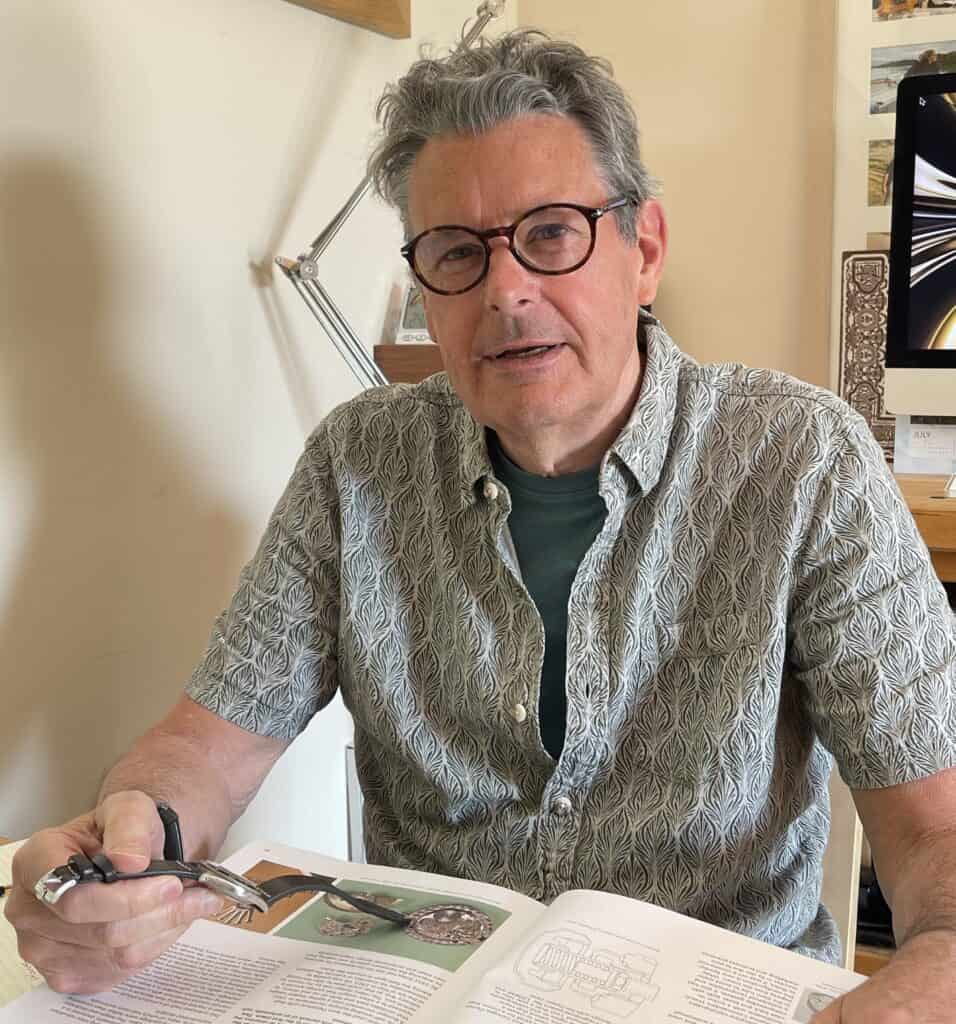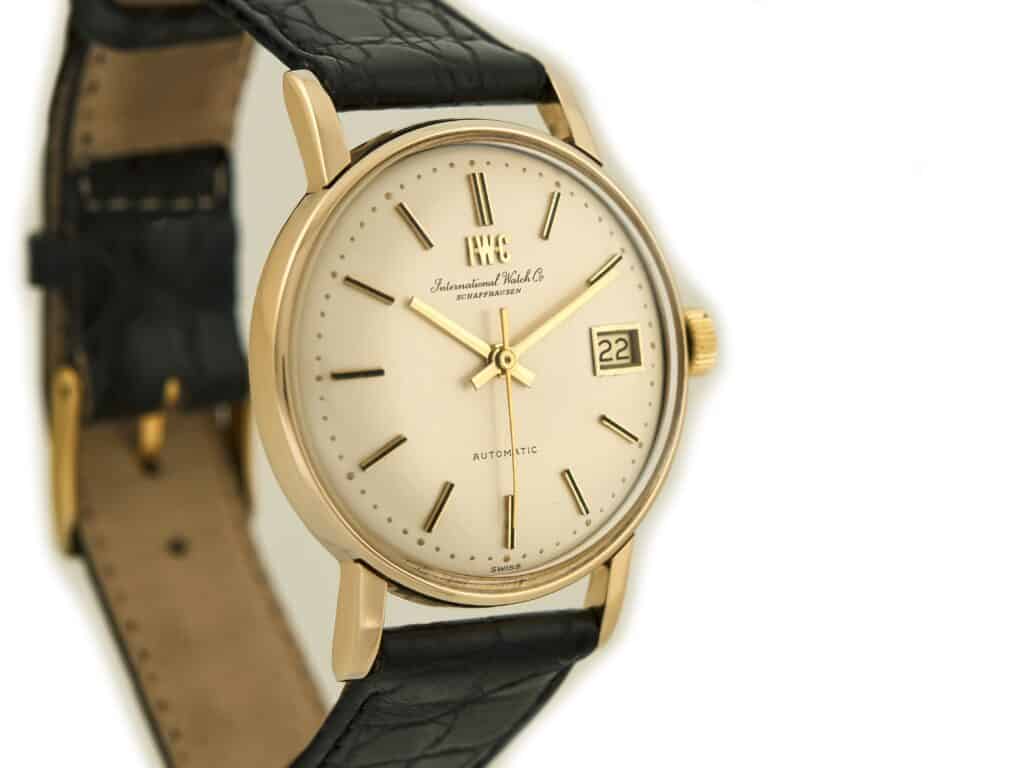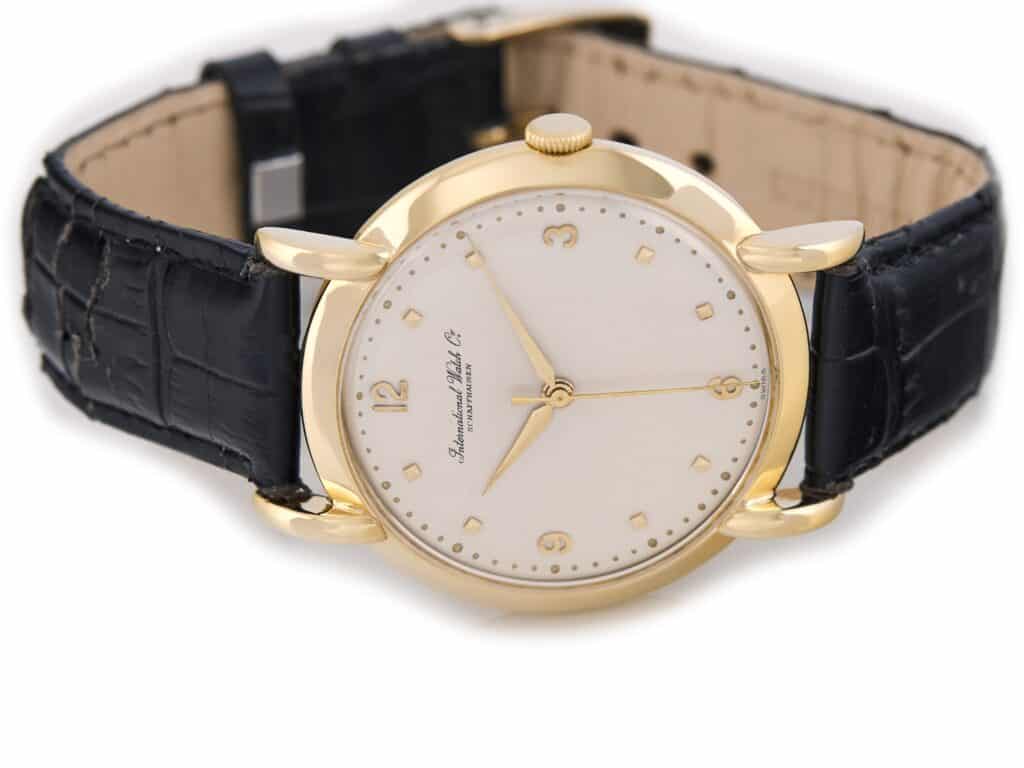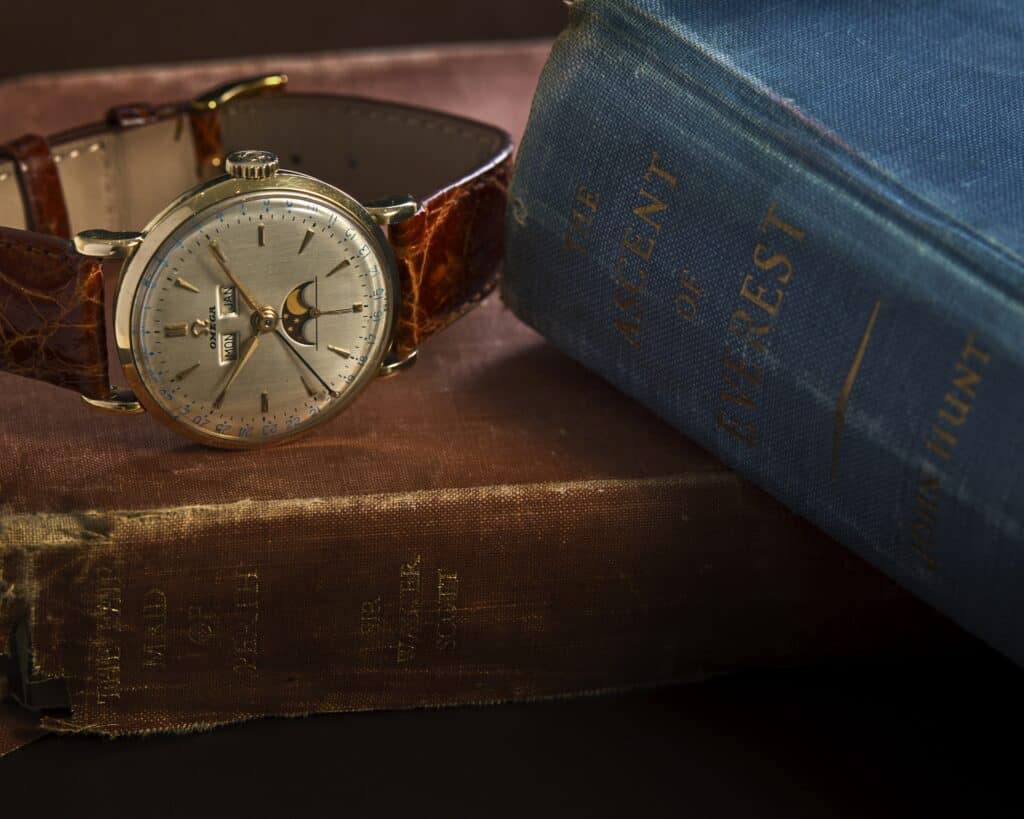By Alan Wood
Over the past 30 years, vintage watches have transformed from a niche collector’s hobby into a multi-billion-pound global market. However, not all vintage watches are valuable, so determining whether yours is a hidden treasure or just a sentimental keepsake is crucial.

Alan Wood, founder of Vintage Gold Watches, is a trusted vintage watch dealer with over 35 years of private collecting experience. His deep knowledge and infectious passion for mechanical timepieces have earned him a highly respected reputation in the industry. Vintage Gold Watches, established in 2011, has become a reputable dealer thanks to Alan’s expertise and a skilled team of restorers. Alan’s love for vintage watches started as a young Mechanical Engineer and grew into an obsession. He believes the finest watches were made in the 1950s, ‘60s, and ‘70s, and he is thrilled to share them with others.
This guide will walk you through the selling process, helping you maximise value while avoiding common pitfalls.
1. Identify and Research Your Watch
Before selling, you need to determine exactly what you have. If the watch has been in your family, gather any history or original accessories like boxes, warranty papers, or receipts, as these can significantly increase its value.
Take note of the brand, model, reference number, and any distinguishing features. Research similar watches by checking completed auction results and dealer listings. Small details can greatly impact value, so if you find a wide price range, consulting an expert is a smart move. Vintage watch specialists like Vintage Gold Watches evaluate hundreds of watches annually and can help determine their true worth.
Even if your watch isn’t a sought-after collector’s piece, it may have intrinsic value due to the precious metal in its case or bracelet. If this is the case, selling to a bullion dealer might yield a better price than a watch dealer or auction house.
2. Choose the Best Selling Method
Once you understand your watch’s potential worth, decide how to sell it. Each method has its own advantages and drawbacks.
Selling to a Dealer
No need for photography or description. Quick, hassle-free payment. Lower offer due to dealer margins. Dealers may not be interested in certain models.
Selling via an Auction House
Professional preparation, photography, and description. Competitive bidding could raise the final price. Access to specialist collectors. No guarantee of sale or high price. Lengthy process with commission fees deducted.
Selling on an Online Auction or Marketplace
Wide audience and lower fees than traditional auctions. Secure payment handling through the platform. You must photograph, describe, and ship the watch yourself. Risk of fraudulent buyers.
Selling via Watch Collectors’ Forums
Knowledgeable buyers and lower fees. More control over the selling process. Requires active participation in the forum community. Transactions are private and carry some fraud risk.
3. Should You Service the Watch Before Selling?
Before listing your watch, clean it gently using a microfiber cloth and a wooden toothpick for tough corners. Avoid water, as vintage watches may no longer be water-resistant.
Servicing is a cost-benefit decision. If selling to a dealer, servicing is unnecessary as they will do it themselves. If selling privately, a recently serviced watch may attract higher bids, but you may not always recover the cost in the sale price. For watches valued above £2000, it’s worth getting a servicing quote to assess its impact on resale value.

4. Master Your Photography
Clear, high-quality images are crucial for attracting buyers. Your photos should be well-lit with minimal reflections, shot against a neutral background, and sharp and focused, capturing key details.
Include shots of the dial, case back, bracelet, and movement (if possible). If unsure how to open the case back, seek professional help to avoid damage. Also, photograph any accompanying accessories such as the box, warranty card, or tags.
5. Craft a Compelling Listing
Your listing description must be clear, factual, and honest. Misleading buyers can lead to refunds or even legal issues. Essential details to include: brand, model, and reference number; condition (scratches, damage, functionality); provenance or history (if applicable); and what is included in the sale (box, papers, straps, etc.). Ensure all specifications are correct so potential buyers can find your listing in searches.
6. Setting a Realistic Price
Pricing your watch requires careful consideration. Research similar models sold recently, but be aware that asking prices online don’t always reflect actual sale values. A realistic price will attract more serious buyers and minimise negotiation delays.
If you’re a private seller, don’t expect to receive the same price as a well-established dealer, who may offer warranties and after-sales support. Be prepared for negotiation but avoid accepting unreasonably low offers.

7. Secure the Transaction and Shipping
If selling privately, ensure full payment has been received before shipping the watch. Use insured shipping with a tracking number to protect against loss or damage. For high-value sales, consider video recording the packaging process to safeguard against disputes.
Auction sales can take longer to finalise, and buyers sometimes fail to complete their purchases, so patience is key.
Final Thoughts
Selling a vintage watch requires effort, from research and photography to pricing and transaction security. While dealers take a margin, their expertise and established buyer base often result in smoother transactions and better final sale prices. Trusted dealers like Vintage Gold Watches have access to serious collectors who may pay a premium for well-curated timepieces.
Whatever route you choose, take your time, weigh your options, and if in doubt, seek expert advice. If you need a valuation or guidance, contact Vintage Gold Watches for no-obligation assistance.
Stay informed on vintage watch collecting by signing up for their newsletter.


